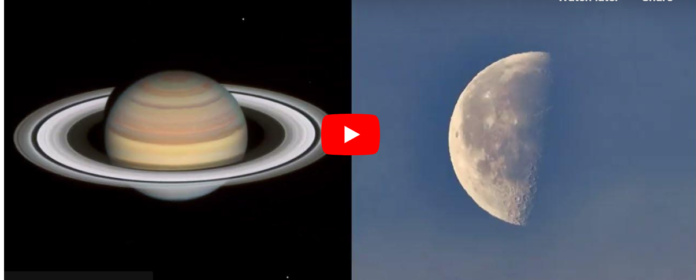NASA has released a guide to the night sky for May with the main opportunities for astrophotographers coming from planets rising in proximity to the Moon.
Beginning on May 13, skywatchers will see Saturn rising together with a half-full Moon. The two celestial objects will be alongside each other in a southeastern sky one hour before sunrise.
Next up, on May 17, photographers will get the chance to capture an extremely slim crescent Moon that will rise roughly an hour before the Sun.
For the majority of the month, the planet Jupiter will be very close to the Moon for skywatchers based in the U.S. However, if you are in the Southern United States then you will be able to observe Jupiter passing behind the Moon as the two extraterrestrial objects rise in the morning twilight.
For observers in Western states, Jupiter will be behind the Moon in occultation as the pair rise together, but Jupiter will emerge from behind the Moon just as the Sun is rising.
These events will happen low in the sky, so photographers will need a clear view of the horizon to observe, NASA recommends binoculars as they will help you spot the planets as the sky brightens when the Sun comes up.
There will be three objects rising closely together from May 22 to May 24. The Moon, Venus, and Mars will rise in unison with the Moon sitting in between the two planets on May 23.
The brightest planet in the night sky, Venus, has been getting higher and higher for the last few months. But in May it will reach its peak position and start getting lower from June onward. By July it will disappear from the night sky entirely before reappearing in the eastern sky as a morning object.
Southern Skies
If you are in the southern hemisphere, common constellations such as the Gemini, Teapot, and Orion will appear flipped upside down versus skywatchers in the northern hemisphere.
The Moon will also appear the other way around to viewers in South America, Africa, and Australia; with its phases filling up from left to right instead of right to left as it does for sky gazers in the northern hemisphere.



